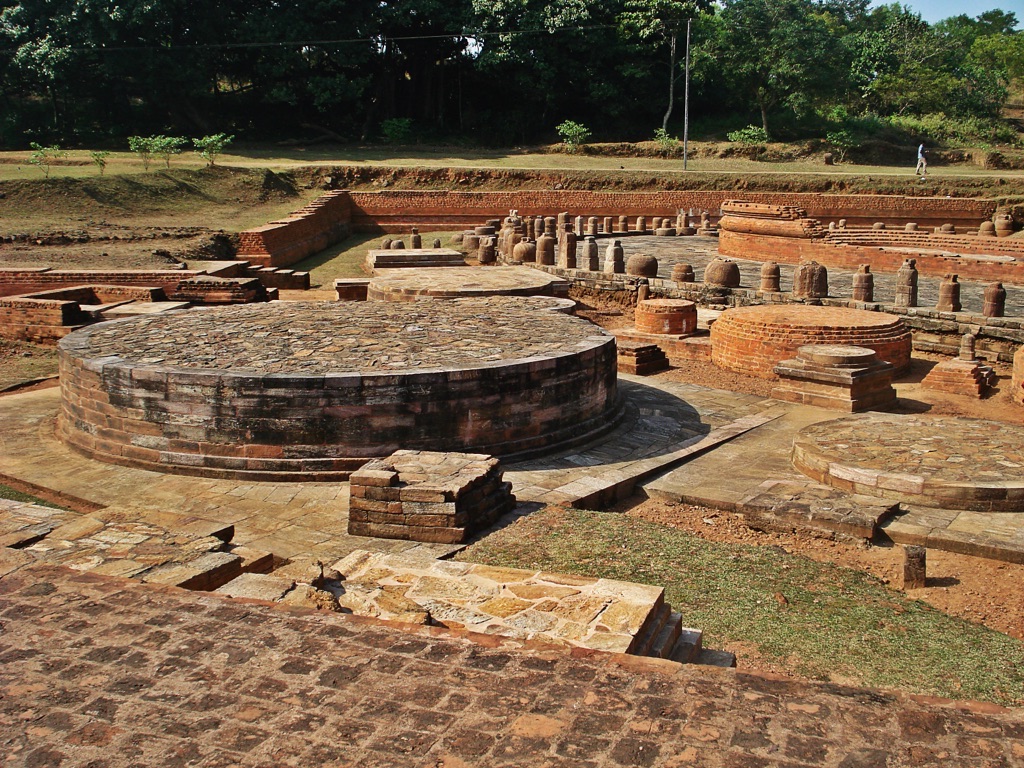Summary
Lalitagiri – A Precious Piece of History
Lalitagiri, in the state of Odisha, holds significant historical importance. It is a major Buddhist complex dating back to the 1st century AD. This site displays a merging of ancient art, religion, and architecture. It is famed for its excavated relics and impressive stupas. Researchers and historians prize Lalitagiri for its ancient Buddhist relics. The place is a pilgrimage site, reflecting decades of Buddhist heritage. Visitors can explore the remnants of monasteries, sculptures, and the Mahastupa. Lalitagiri offers a window into the spiritual and cultural practices of the past. It also has an on-site museum that houses a collection of findings from the excavations.
Get your dose of History via Email
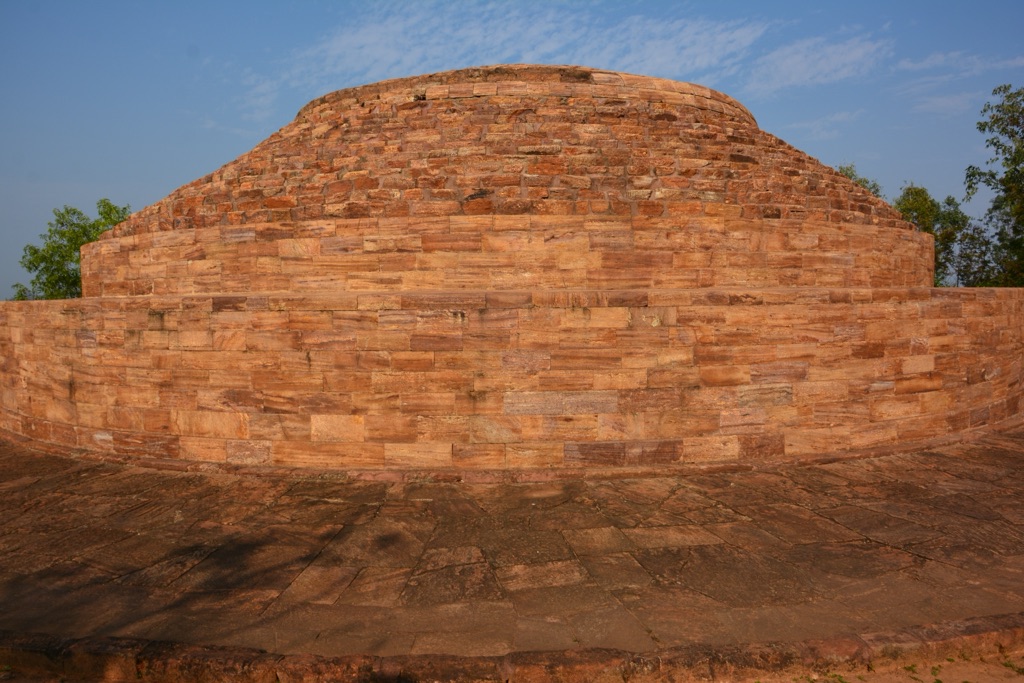
Monumental Architecture and Excavations
The archaeological prowess of Lalitagiri is evident in its layout and structures. Its excavations unearthed multiple stupas, monastic complexes, and a multitude of Buddha statues. Among them, the Mahastupa stands tall as a significant discovery. These structures reveal intricate craftsmanship and spiritual devotion. The site unravels the evolution of Buddhist architecture over centuries. Exploring Lalitagiri gives insight into the lives of monks of that era. The place boasts a serene environment. It allows visitors to not only marvel at the historic architecture but also to find moments of peace.
The Cultural and Religious Influence
Lalitagiri is not just an archaeological site; it is a cultural treasure. This site has contributed to our understanding of Buddhism’s spread and influence in India. Religious ceremonies once thrived here, and today, Lalitagiri still holds religious significance. Devotees and scholars flock to this historical site. They seek both spiritual enlightenment and academic knowledge. The site stands as a testament to the peaceful teachings of Buddhism. It continues to impart wisdom and serenity to those who walk its ancient paths.
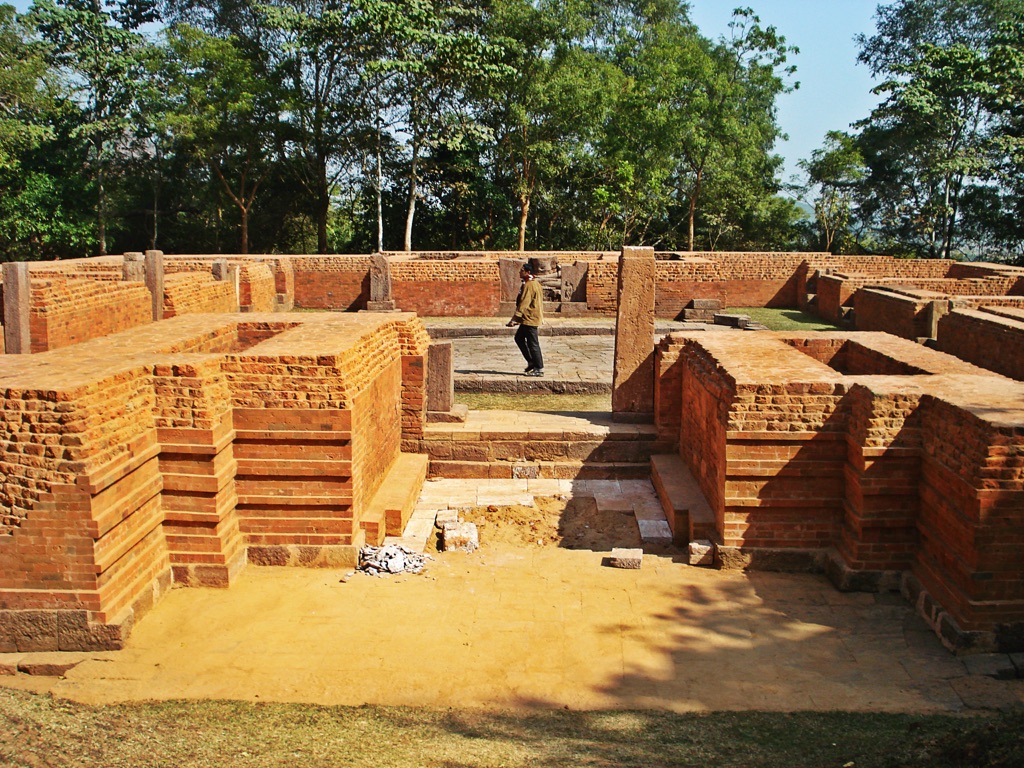
Historical Background of Lalitagiri
Founding Era and Ancient Significance
Lalitagiri, nestled in the Udayagiri hills of Odisha, dates back to the 1st century AD. It was an epicenter of Buddhist activity through several dynasties. Kings and commoners alike honored this site. They generously funded its monasteries and stupas. Lalitagiri functioned as a prime hub of learning. It hosted scholars from distant lands. The site’s role in spreading Buddhist teachings is evident in its ancient texts and inscriptions. The found relics suggest Lalitagiri’s connection with various regions of Asia.
The Flourishing of Buddhism at Lalitagiri
During the early centuries of the current era, Lalitagiri saw Buddhism in its prime. The construction of monasteries and stupas mirrored the faith’s prosperity. Monks from across the globe regarded Lalitagiri highly. They travelled far to teach and learn at its scholarly abodes. Not only a religious center, Lalitagiri became a beacon of enlightenment. People of all backgrounds sought wisdom here. The artifacts from this period tell us how diverse the cultural exchanges were.
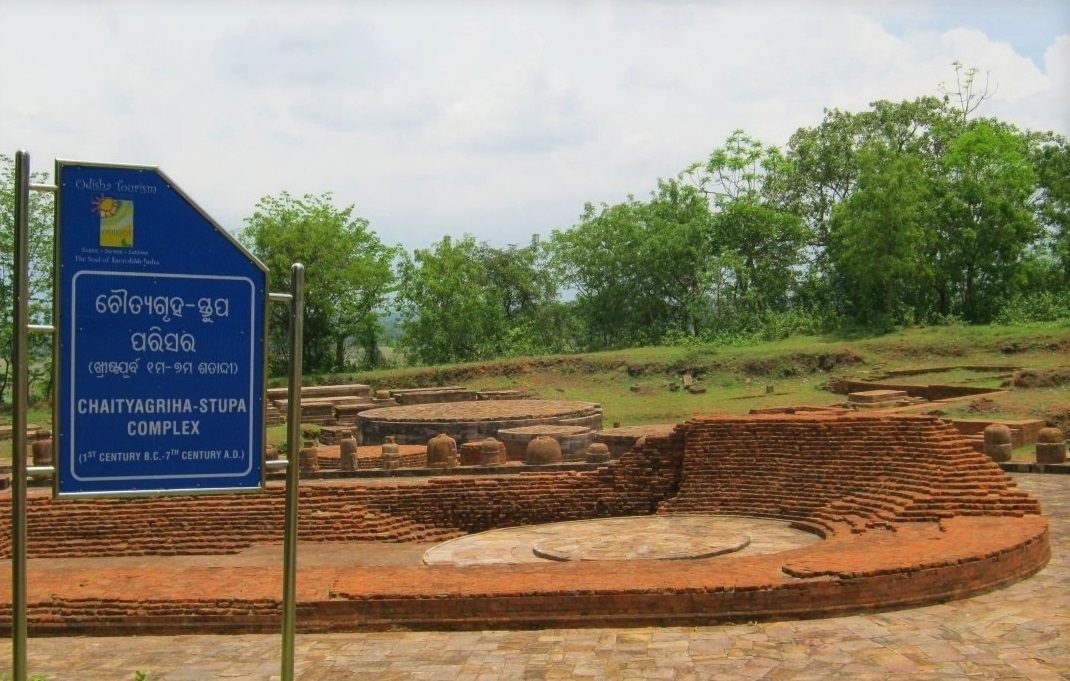
Architectural Glory and Contributions
The grandeur of Lalitagiri lay in its monumental stupas and monastic residences. Architects and artisans invested immense skill into these structures. They carved intricate designs that have withstood time. The remains of brick pagodas and sculptures reflect a sophisticated understanding of art. The architecture here served as a blueprint for future Buddhist sites. Hence, Lalitagiri’s influence extended well beyond its physical borders.
The site fell into a period of decline after several centuries of prominence. Changing political landscapes and religious dynamics led to this. Yet, the dormant period could not erase its historical significance. The hidden treasures of Lalitagiri waited centuries for rediscovery.
New explorations in the 20th century brought Lalitagiri back to the limelight. Archeologists unearthed a treasure trove of ancient Buddhist relics. These included caskets containing sacred bones believed to be of the Buddha himself. Today, Lalitagiri stands restored, not just in physical form but also as a symbol of India’s rich Buddhist heritage. It continues to be a source of fascination for historians, pilgrims, and tourists from around the world.
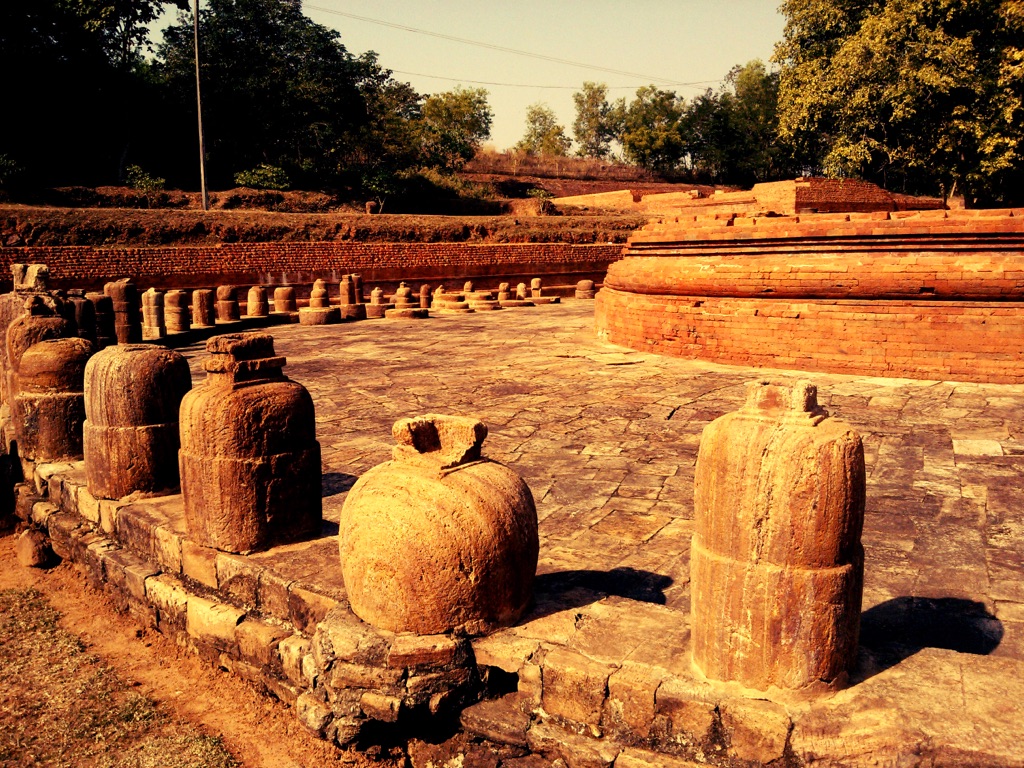
The Discovery of Lalitagiri
Unearthing the Ancient Site
In the early 20th century, Lalitagiri emerged from obscurity thanks to dedicated archaeologists. Initial surveys and excavations started revealing its secrets. Layers of history were peeled back. Its stupas, monasteries, and sculptures came into the light after being hidden for centuries. Curiosity led to the unearthing of a lost past. This discovery marked a significant moment in Indian archaeology.
The Key Figures in Lalitagiri’s Revelation
A team of archaeologists from the Archaeological Survey of India played a pivotal role. They spearheaded the excavations in the 1980s. Their commitment and expertise uncovered the site’s extensive remains. Amidst these, they found relics and inscriptions. These hinted at Lalitagiri’s past grandeur and importance as a Buddhist learning center.
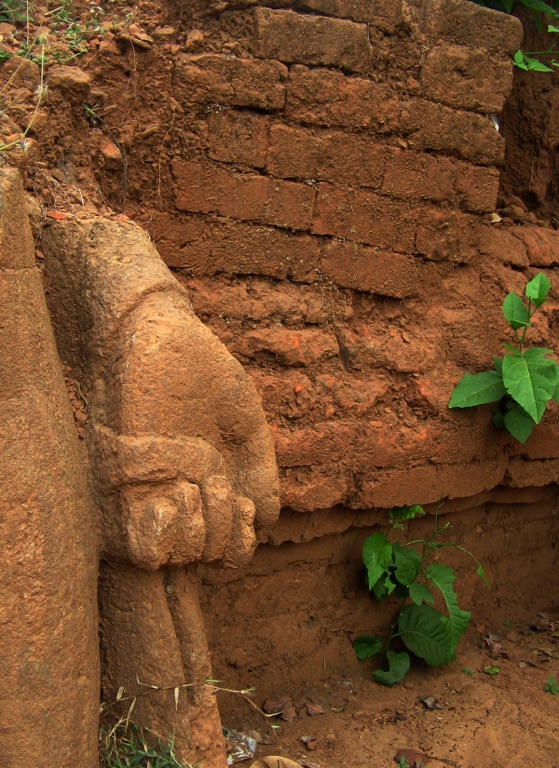
Rediscovery of Buddhist Relics
The team’s efforts led to an incredible find. They discovered a stone casket containing sacred relics. These were in the central stupa, known as the Mahastupa. The find hinted at the possibility of representing a part of Buddha’s remains. This discovery resonated throughout the Buddhist world. It rekindled interest in Lalitagiri as an eminent historical and religious site.
Exploration and conservation efforts amplified following this. Scholars, historians, and preservationists joined hands. They aimed to restore and protect the site. The importance of Lalitagiri as a heritage site was now firmly established. This led to a surge in awareness and tourism. Visitors from all corners started flowing in to witness the site’s splendor.
Today, Lalitagiri stands testament to the rich Buddhist legacy of India. The discovery has reconnected the modern world with ancient wisdom. Lalitagiri’s rediscovered narrative keeps drawing in those keen on cultural and spiritual history. It shows how a single discovery can rewrite history. It can reawaken cultural pride in a nation’s heritage.
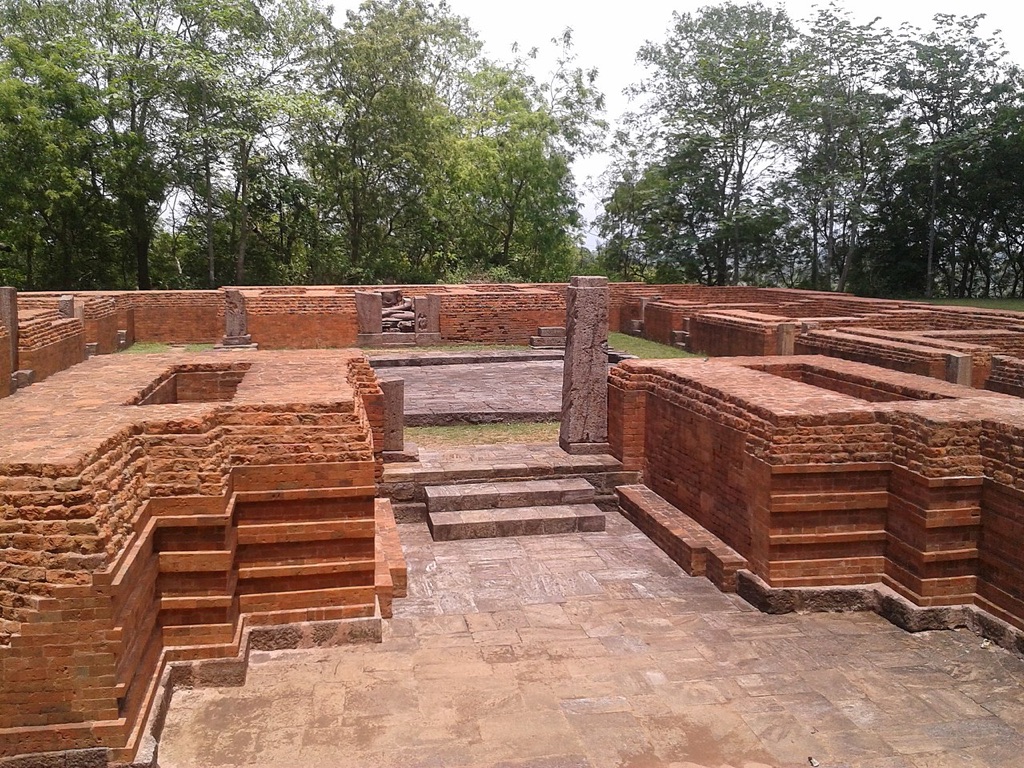
Cultural Significance, Dating methods, Theories and Interpretations
The Heart of Buddhist Influence
Lalitagiri holds deep cultural significance, with its origins tracing back to the era of ancient Buddhism in India. It stood as a cradle of Buddhist culture and education, drawing learners and philosophers from afar. The site’s monasteries and stupas were not mere structures; they symbolized the intellectual and spiritual pursuits of the era. Lalitagiri’s influence on Buddhist practices and the spread of these across Asia is clear. Artifacts show a melding of cultural exchanges. These range from the Mediterranean to Southeast Asia, emphasizing its cross-cultural importance.
Unlocking Lalitagiri’s Timeline
Archaeologists have applied various dating methods to understand Lalitagiri’s chronology. These include thermoluminescence and optically stimulated luminescence, which gauge the last time materials were exposed to heat or light. Such techniques have provided estimates. They suggest the site was in use from the 1st century AD through medieval times. Additionally, inscriptions on stone tablets and recovered coins offer historians a tangible timeline. These artifacts correlate with historical records. They affirm the site’s longevity and its periods of prominence.
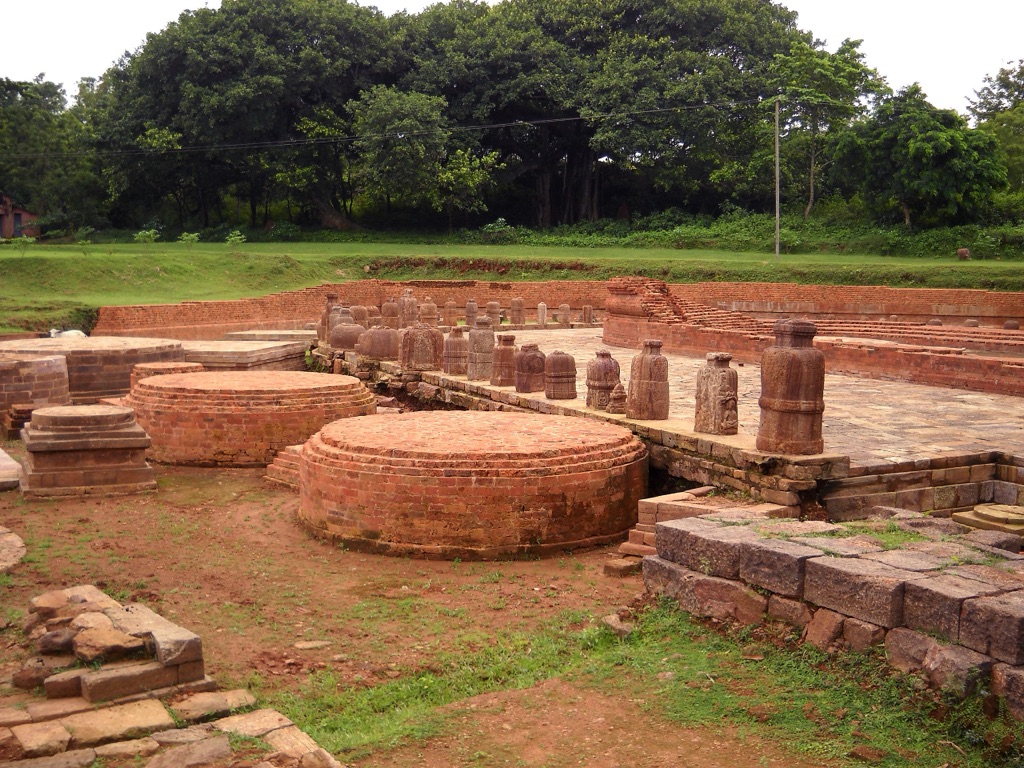
Theories Behind the Ruins
Theories abound regarding the rise and fall of Lalitagiri. Some historians propose that Lalitagiri’s construction reflected the Mauryan embrace of Buddhism. Others point to the site’s strategic location. It was along ancient trade routes as a factor in its development. The absence of records during certain periods leads to speculation. Scholars suggest invasions or religious shifts might have led to its decline. However, these theories remain sources of academic debate.
The interpretations of Lalitagiri’s artifacts and structures offer insights into its history. Studies of these objects posit that the site’s design evolved with time, reflecting changes in religious and local practices. The Mahastupa’s intricate carvings suggest it may have once been a pilgrimage center. This interpretation is reinforced by the discovered relics that could indicate veneration of the Buddha.
The preservation of Lalitagiri today invites interpretations of its significance in contemporary times. Some view it as a critical touchstone for understanding ancient Buddhism’s interaction with Hinduism and Jainism. For others, it is a place for reflection on India’s rich multi-religious past. Whatever the viewpoint, Lalitagiri continues to captivate with its layers of history and culture.
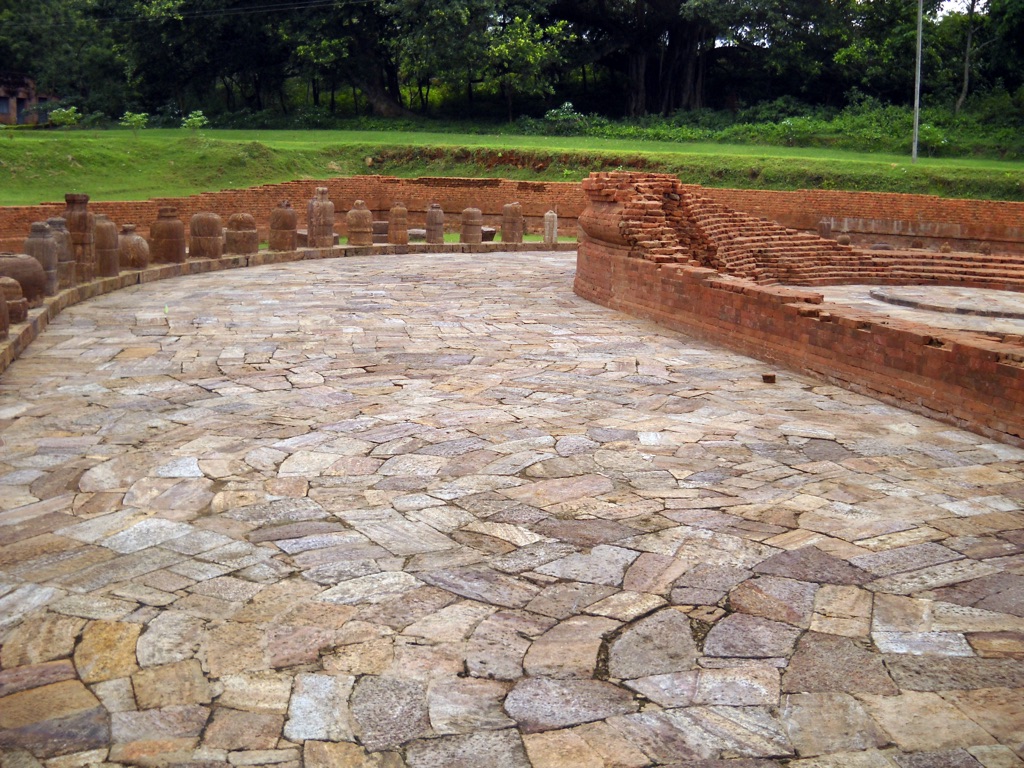
Conclusion and Sources
In the exploration of Lalitagiri’s historical richness, one can appreciate the site’s profound impact on Buddhist culture and learning. The discoveries made through various archaeological efforts have pieced together a narrative of religious and scholastic pursuit. Seen through the prism of its cultural and educational reach, Lalitagiri stands as an enduring symbol of India’s multifaceted heritage. It is a testament to the cross-cultural exchanges that shaped early Asian civilizations and continues to engender respect among those tracing the intricate paths of history. Lalitagiri’s legacy remains an insightful journey into a past that deeply influences the present, enriching our collective understanding of humanity’s spiritual development.
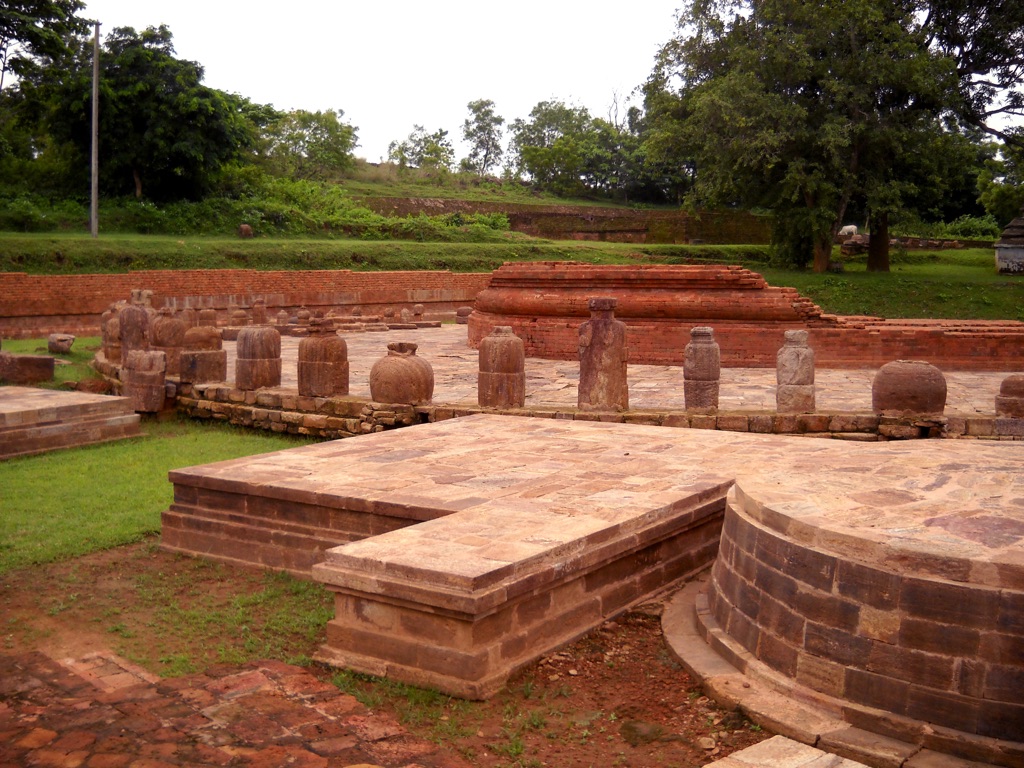
For further reading and to validate the information presented in this article, the following sources are recommended:
Or you can check any of these reputable archaeological and historical texts:
Behura, A. K., & Khuntia, T. K. (2018). Lalitagiri: A Beacon of the Buddhist Arc in Odisha. Journal of Heritage Management, 3(2), 223-234. doi:10.1177/2455920118815695
Ray, H. P. (1986). Monastery and Guild: Commerce under the Sātavāhanas. Oxford University Press.
Smith, V. A. (1958). The Early History of India. Oxford University Press.
Thapar, R. (1997). The Interplay of Buddhism and Brahmanism. The Journal of Asian Studies, 56(3), 758-760. doi:10.2307/2659281

